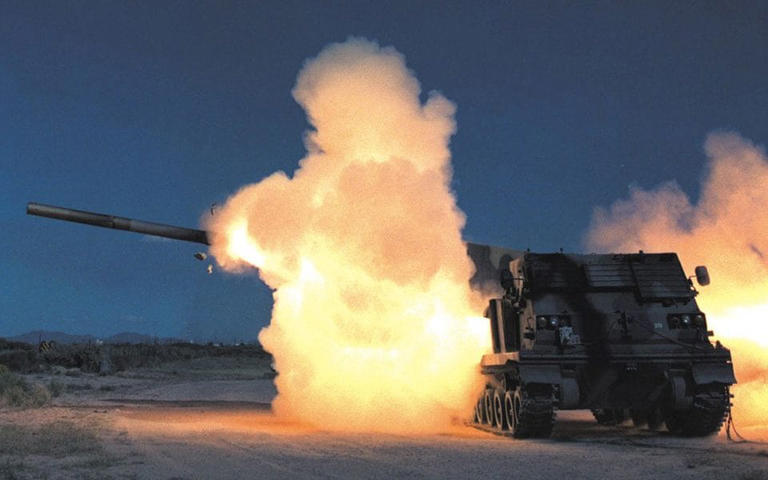The United States Army’s newly established Multi-Domain Task Force (MDTF) in the Pacific represents a great development in military strategy and technology integration.
This innovative unit, stationed in Hawaii, is equipped with advanced technologies, including high-altitude balloons, Precision Strike Missiles, cyber warfare units, and unmanned systems. It marks the first real-world implementation of the lesser-known second pillar of the Australia-UK-US defense pact, Aukus.
While Aukus Pillar 1, focusing on nuclear-powered submarines, has received significant attention, Pillar 2, which emphasizes advanced capabilities like hypersonics, quantum computing, and artificial intelligence, is equally crucial. According to the agreement, Australia, the UK, and the US are combining their defense sector talents to rapidly deliver advanced military capabilities.
General Charles Flynn, US Army Pacific Commander, stated the collaborative nature of Aukus Pillar 2, highlighting the integration of five Australian and three British officers into the 3rd MDTF. This move signifies the initial phase of creating a combined capability to strengthen joint forces.
The MDTF’s mission aligns with Multi-Domain Operations, a strategic approach that synchronizes capabilities across land, sea, air, space, and cyberspace. This integration ensures that US and allied forces maintain operational freedom in highly contested environments.
Central to the MDTF’s arsenal is the Precision Strike Missile, co-developed with Australia and planned for deployment by the British Army. This ballistic missile, successor to the Army Tactical Missile System (ATACMS), enables deep strikes on high-value targets and is more challenging to defend against than cruise missiles. The MDTF also employs the Guided Multiple Launch Rocket System (GMLRS), known for its effectiveness in Ukraine against Russian forces.
Beyond firepower, the MDTF incorporates advanced intelligence, surveillance, and reconnaissance assets. High-altitude balloons provide persistent surveillance and comm
unication relay capabilities, while unmanned aircraft systems extend operational reach and real-time intelligence gathering. Electronic warfare is another critical component, enhancing the MDTF’s ability to disrupt enemy communications and gather intelligence.
Exercises like Talisman Sabre, the largest bilateral military exercise between Australia and the US, demonstrate the practical applications of these technologies. Colonel Michael Rose, commander of the 3rd MDTF, emphasized the importance of building coordination mechanisms with Australian and UK partners to accelerate interoperability and achieve interchangeability.



